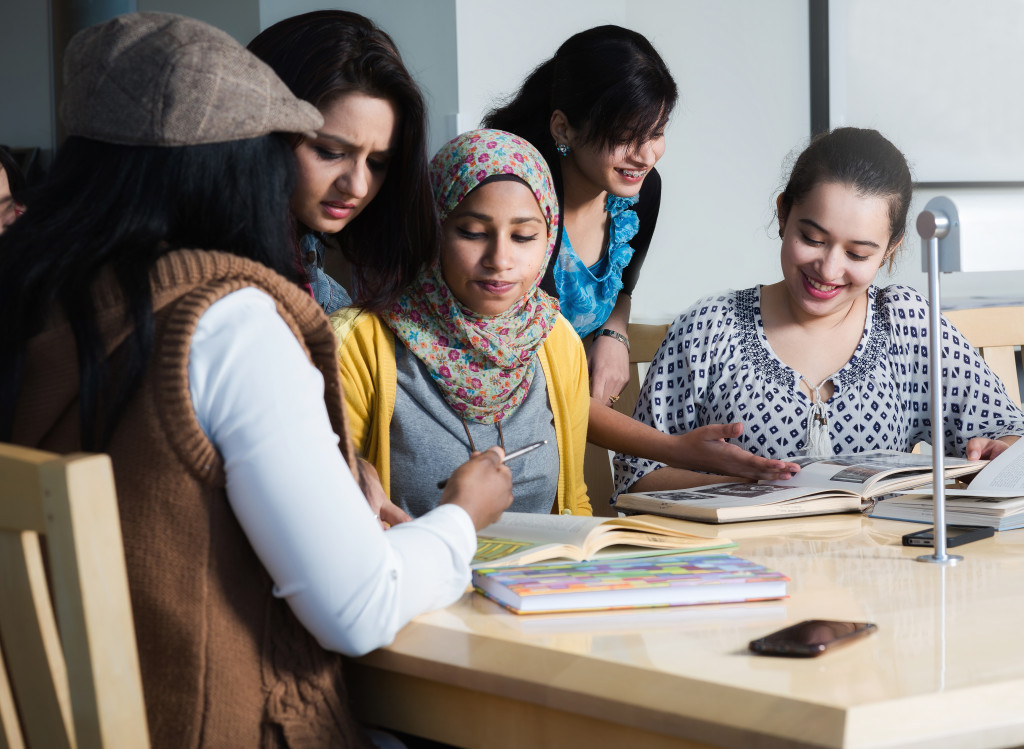In September 2018, 59 million children of primary school, 62 million adolescents in upper secondary school, and 138 million young people in high school who are still out of school, for 259 million people. Local governments are essential in ensuring that all children and young people have access to quality education.
There are many different reasons a young person might be out of school. They may come from a disadvantaged background and have never been able to attend school. Or, they may have dropped out of school because they could not keep up with the academic demands or because they needed to work to support their family. Whatever the reason, out-of-school youth face many challenges in life. They are more likely unemployed, underemployed, or working in low-wage jobs. They are also more likely to experience poverty, poor health, and social exclusion.
Local governments can help out-of-school youth by taking several different measures.
Creating apprenticeship or job training programs
Local governments can help out-of-school youth by creating apprenticeship or job training programs. These programs allow young people to learn new skills and gain work experience. Apprenticeship programs typically last for one to four years, and job training programs can last for a few months to a year.
These are some examples of successful apprenticeship and job training programs:
- The City of Toronto’s Apprenticeship Training Program offers young people the opportunity to learn a skilled trade while working for the city.
- The United States’ Job Corps program provides career technical training, academic counseling, and job placement assistance to low-income young people aged 16 to 24.
- The UK’s National Careers Service provides information, advice, and guidance to help young people choose their future. The service offers various services, including apprenticeships, job search support, and CV writing.
Providing scholarships and grants
Another way local governments can help out-of-school youth is by providing scholarships and grants. Scholarships can help young people cover the costs of tuition, books, and other expenses related to their education. Donations can help young people cover the costs of living expenses, such as food and housing.
Some examples of successful scholarship and grant programs include the following:
- The City of Los Angeles’ College Scholarship Program provides financial assistance to low- and moderate-income students attending college or vocational school.
- The State of Oregon’s Opportunity Grant provides financial assistance to low-income students attending college or career school.
Building community centers
One way to help out-of-school youth is by providing them with a safe place to socialize and engage in positive activities. A community center can provide some important services to the community, such as:
- providing a place for people to gather and socialize,
- offering activities and programs for people of all ages, and
- serving as a hub for community events.
Local governments can help to build community centers by providing funding, land, or both. It is said that location matters—and not just in real estate. Psychologists have long recognized that the environment around people may impact their emotions and mental health. They may enlist the service of top event center builders to design and build the ideal gathering location for the youth.
For example, the City of Los Angeles has provided funding to help build community centers in underserved neighborhoods. Similarly, the City of Seattle has provided land for the construction of community centers. The local government can also offer after-school and summer programs in these event center locations. These programs would give kids a safe place to play and learn while their parents work.

Mentorship program
Mentorship programs pair young people with adults who can offer guidance and support. Mentors can help young people with goal setting, decision-making, and time management. They can also provide advice on education and career planning.
Mentorship programs can be run by local governments, schools, community organizations, or businesses. Some mentorship programs are run by volunteers, while others are run by paid staff. The City of Chicago’s Mentoring Initiative is an excellent example of a mentorship program run by a local government. This program pairs Chicago Public Schools students with adult mentors from the business community.
Mentorship programs can have a significant impact on the lives of young people. They can help young people reach their full potential and lead successful lives.
Partnering with nonprofit organizations
Local governments can also help out-of-school youth by partnering with nonprofit organizations to create after-school and summer programs. These programs allow young people to learn new skills, make friends, and have fun. The goal is to keep young people engaged in their education and help them succeed in school.
Some examples of successful after-school and summer programs include:
- The Boys & Girls Clubs of America offers a variety of educational, recreational, and social activities for young people.
- The YMCA offers various programs and services for young people, including sports, arts and crafts, and leadership development.
- The City of New York’s Summer Youth Employment Program provides employment opportunities for young people aged 14 to 24.
Local governments can help out-of-school youth get back on track and succeed in life by taking measures such as these.
Conclusion
The goal of every government program is for all young people to feel welcome, respected, and supported. By providing opportunities for out-of-school youth to learn and grow, local government can help them overcome challenges and build a better future for themselves and their families. And as community members, we can all play a role in supporting these efforts to bring our young people back into the educational fold.

